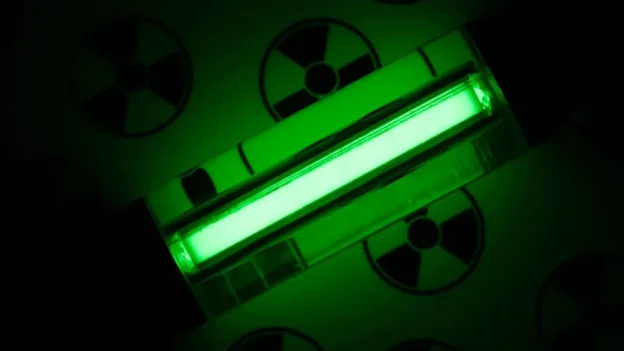A team of researchers at Los Alamos National Laboratory, led by physicist Terence Tarnowsky, has proposed a technology to produce tritium from nuclear waste.
A new route to produce tritium
According to Tarnowsky, tritium is not produced on a commercial scale in the United States and this represents a major barrier to the development of a robust fusion economy. Against this backdrop, the project seeks to address the problem of used nuclear fuelThe Los Alamos proposal is to create a new nuclear fuel storage facility in the U.S., which is costly and presents safety risks, into an opportunity. The Los Alamos proposal is to create a system driven by a particle accelerator. particle accelerator using molten salt technology to generate tritium from these wastes.
Tarnowsky’s team has employed complex computer modeling and simulations to assess the feasibility, performance and cost of the system. The concept is highly versatile because it could process the thousands of tons of used nuclear fuel available at commercial nuclear power plants.
This process consists of firing a beam from a particle accelerator into the molten salt, which generates neutrons. These neutrons react with the lithium dissolved in the salt, producing tritium in a controlled and safe manner.
Likewise, a 2 gigawatt deuterium-tritium fusion plant would require 112 kilograms of tritium per year. However, it is currently estimated that the total amount of this isotope on the planet is less than 25 kilograms, most of it being a by-product of nuclear reactors not available for commercial purposes. The Los Alamos proposal directly addresses this deficiency.
Moreover, the accelerator model does not involve a chain reaction, because it can be easily activated and deactivated. Likewise, the use of molten lithium salt to surround the nuclear waste acts as a coolant and, at the same time, makes it difficult to extract the radioactive material, which facilitates its tracking.
Source and photo: Los Alamos National Laboratory

